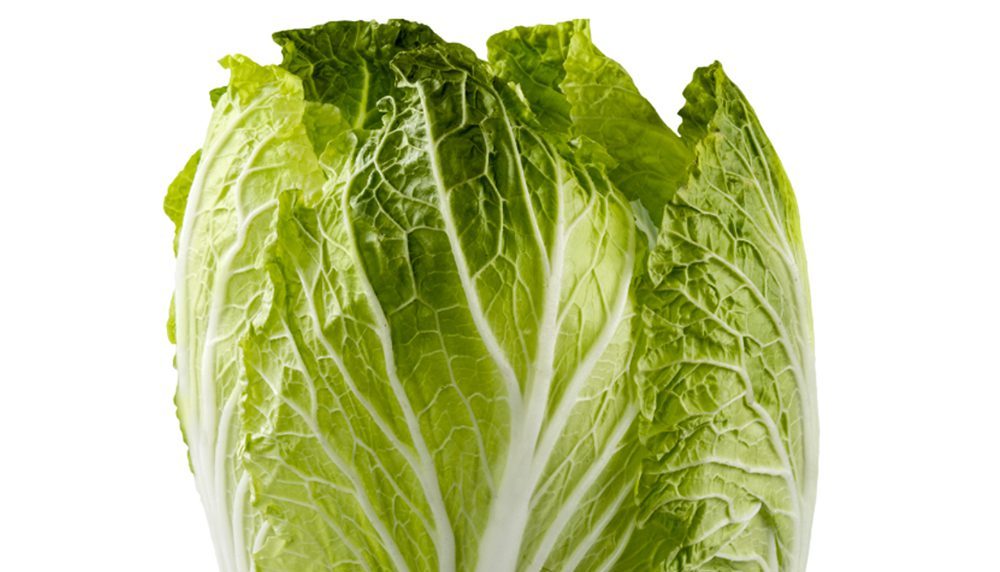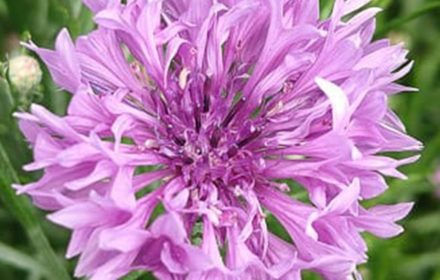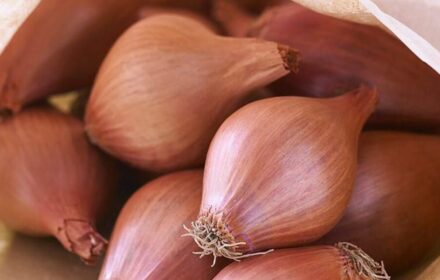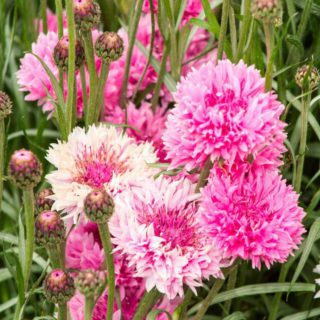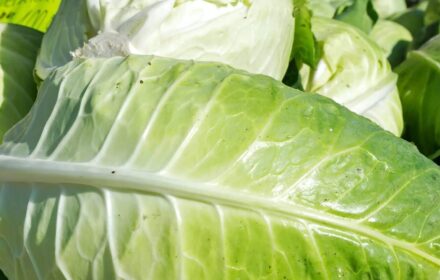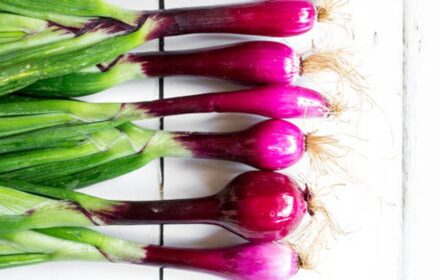How to Sow Giant Wong Bok Cabbage Seeds
Giant Wong Bok, also known as Chinese Cabbage – Wong Bok, is a versatile and delicious vegetable that’s a staple in Asian cuisine. With its large, crisp leaves and mild flavour, it’s perfect for adding a refreshing crunch to salads, stir-fries, and more
How to Grow Giant Wong Bok Cabbage from Seed
- Soil Preparation: Prepare the soil by ensuring it’s well-drained and enriched with organic matter. Chinese Cabbage – Wong Bok thrives in fertile soil with good drainage, which provides the essential nutrients for healthy growth
- Seed Sowing Advice: Sow Giant Wong Bok seeds thinly in rows spaced about 2 feet apart. Cover the seeds with approximately 1/4″ of soil. The optimal time for sowing is from the last frost of spring to early autumn, ensuring that the seeds have sufficient time to establish before the colder months
- Germination and Temperature: Germination typically occurs within 5 to 10 days, influenced by soil and temperature conditions. Maintain a temperature range of around 60-75°F (15-24°C) to encourage prompt and healthy germination
- Seed Spacing: When the seedlings reach a height of 2 to 3 inches, it’s time to thin or transplant them. Space the young plants about 18 inches apart to give them ample room to grow and develop. Alternatively, you can opt for closer spacing of 9-12 inches and harvest alternate plants while they are young for a continuous supply
How to Care for Giant Wong Bok Cabbage Seeds
- Maintenance: Chinese Cabbage – Wong Bok requires consistent moisture throughout its growth cycle. Regularly water the plants to keep the soil evenly moist, avoiding both waterlogging and drought stress. Applying a balanced fertilizer during the growing season can boost their growth and vitality
- Maturity: As the plants mature, you’ll notice the leaves becoming larger and more substantial. The outer leaves can be harvested as needed while allowing the inner leaves to continue growing. Once the head reaches a desirable size, it’s time to harvest the entire plant for culinary use
- Common Pests and Diseases: Keep an eye out for potential pests like aphids and cabbage worms. Implement proper pest management strategies such as applying insecticidal soap or introducing natural predators. Protect against common cabbage diseases like clubroot by ensuring well-draining soil and practicing crop rotation

